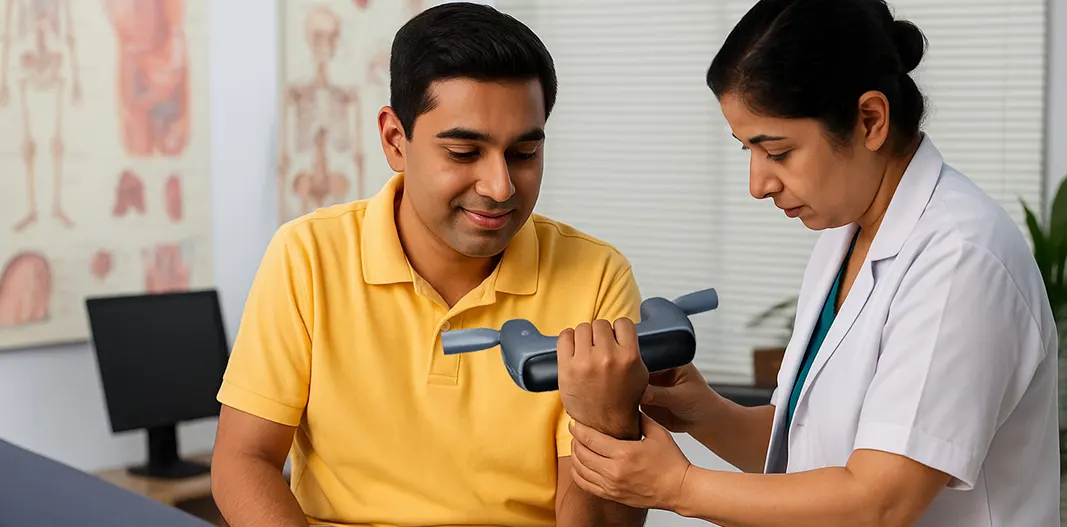
By Team DigiMuscle April 24, 2025

As clinical practice becomes increasingly data-driven, there’s a growing interest in tools that provide objective, reproducible outcomes. One such tool gaining popularity across physiotherapy, orthopedics, neurology, and rehabilitation settings is the dynamometer—a device designed to measure force.
Why Use Dynamometers?
Expanding Clinical Applications
What makes the dynamometer so exciting isn’t just what it does—but where and how it can be used. Its utility cuts across nearly every area of physical rehabilitation and medicine, making it one of the most adaptable tools in modern practice.
1. Rehabilitation In both inpatient and outpatient rehab settings, dynamometers are used to:
With consistent use, clinicians can fine-tune rehabilitation programs, detect plateaus early, and confidently determine when a patient is ready to progress or discharge.
2. Orthopedics From ACL reconstructions to rotator cuff repairs, objective strength assessment is key to post-op decision-making. Dynamometers:
3. Neurology Dynamometers play a vital role in detecting early motor deficits in conditions like:
Because they can detect subtle strength changes, they’re ideal for monitoring disease progression and evaluating response to therapy.
4. Chronic Disease & Aging In geriatric populations, muscle weakness (especially handgrip strength) is a strong predictor of:
Tracking strength decline allows for timely interventions. Dynamometers also support the management of sarcopenia, osteoporosis, and chronic inflammatory conditions where muscle wasting is common.
5. Sports & Performance In sports medicine and athletic training, dynamometers:
They are becoming indispensable tools in return-to-play decisions—ensuring athletes aren’t just pain-free, but functionally ready.
6. Pediatrics In children with developmental disorders, cerebral palsy, or muscular dystrophies, dynamometers enable age-adjusted strength tracking, providing tangible markers for growth, development, and intervention planning.
And the List Keeps Growing…
The truth is, we’re only scratching the surface of what dynamometers can do. With the rise of digital integration, cloud-based health records, and remote monitoring, the role of dynamometers is expanding even further. Imagine:
Dynamometers are no longer niche—they’re essential. They empower clinicians to deliver care that’s objective, evidence-based, and customized to each patient’s needs. And in an era where quality metrics, patient satisfaction, and clinical outcomes are under the spotlight, tools like these aren’t just helpful—they’re transformative.